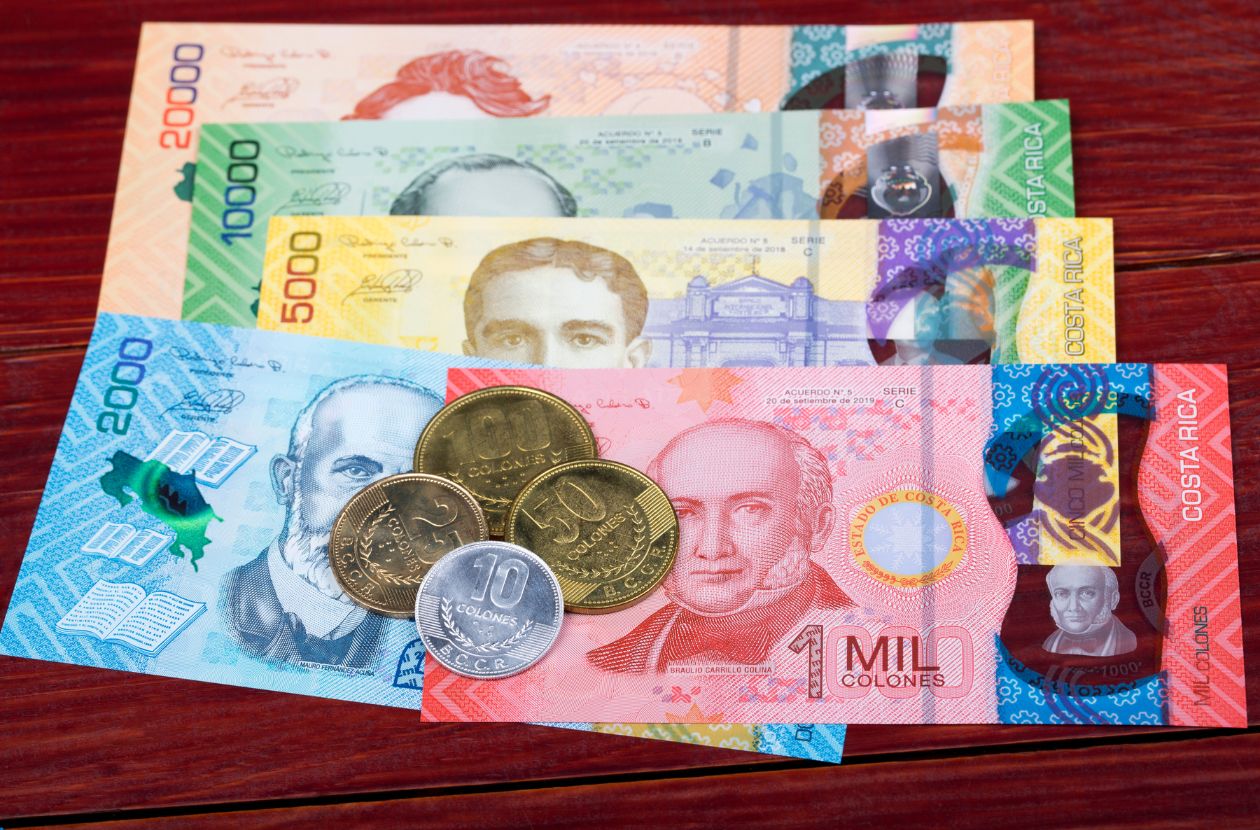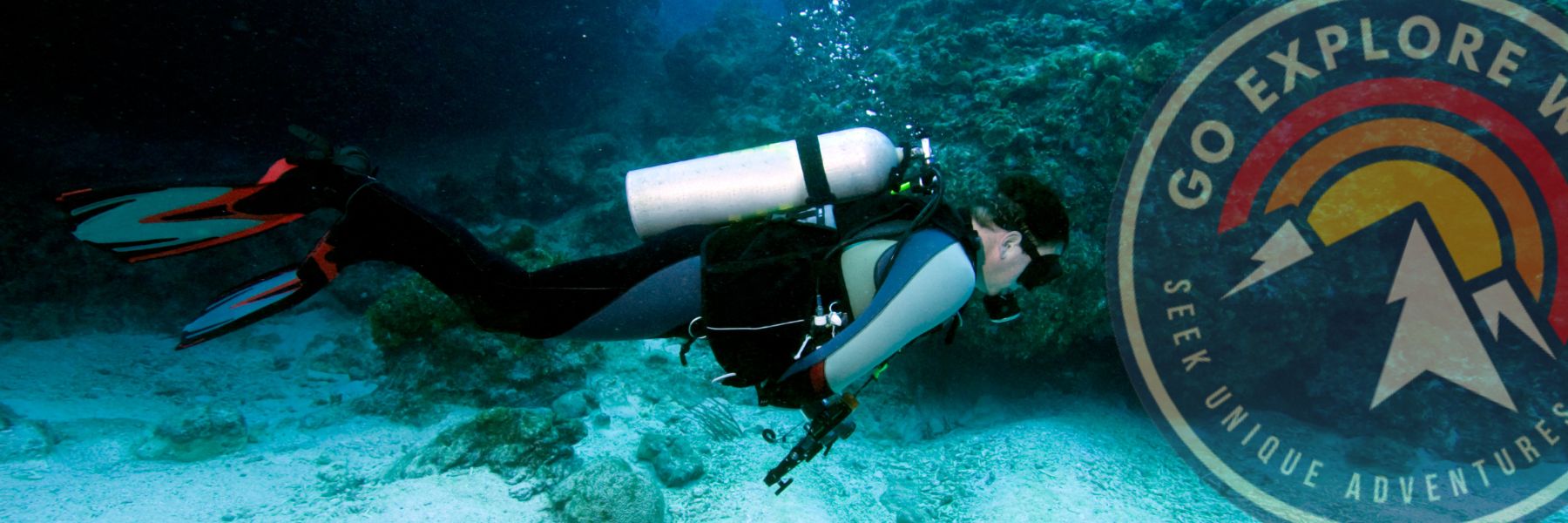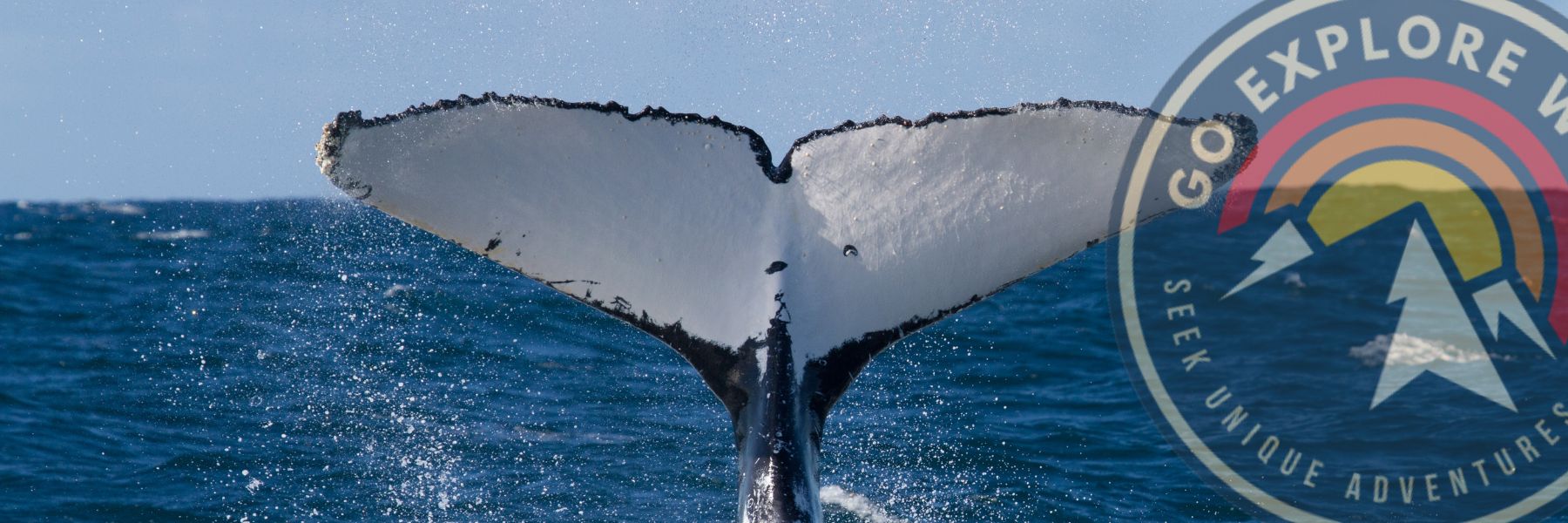Contents
Are you wondering why Costa Rica has become so expensive lately? Well… let me tell you my point of view. When I first moved to Costa Rica, a plate of gallo pinto and eggs with fresh juice cost me around 1,500 colones. I remember thinking: this is paradise, and it doesn’t even come with a price tag.
Today? That same breakfast costs closer to 4,000 colones — if you’re lucky. Of course, prices vary between tourist hotspots and more local towns — I still know a few hidden places where you can grab a meal for 2000 colones — but that doesn’t change the fact that, overall, prices have jumped dramatically.
I’m not here to complain (okay, maybe just a little). I chose to live here, and I still think it’s one of the most incredible places on Earth. But if you’ve been wondering “why is Costa Rica so expensive?”, or if you’ve felt a little sticker shock lately while visiting or living here — you’re not imagining it. Things have changed.
How the Dollar Is Quietly Shaping Life Here
The USD to CRC exchange rate doesn’t make headlines, but it quietly shapes everything — from the price of your hotel room to what I pay for gas in the tour van.
When I got here, the exchange rate hovered around 700 colones to the dollar. Now it’s going below 500. That might not seem like a huge drop, but in a country where so many goods are imported — and where tourism is priced in dollars, but daily life runs on colones — it hits hard.
Tourists often blame high prices on locals being greedy or “trying to cash in,” while at the very same time, more and more small businesses are quietly closing their doors — so what’s really going on here?

It is Expensive because You Cannot Fool Mathematics
As a business owner, it means I earn less per tour, while my local costs stay the same (or climb). As someone buying groceries, paying employees, and trying to grow a small business, I feel the squeeze from both ends.
One of the biggest things many visitors don’t realize is just how much the exchange rate impacts purchasing power here in Costa Rica — especially for small, service-based businesses. Take scuba diving at Isla del Caño, for example. The price for a day trip is currently $215, and that price hasn’t changed in years.
From the outside, it might look like nothing’s changed. But behind the scenes? That same $215 now gives us significantly less in colones than it did even just two years ago. And here’s the key part: almost every cost we cover to run that trip is paid in colones — not dollars.
Think about it. We’re covering:
- meals for the guests and guides,
- boat fuel (which is not cheap here),
- national park entrance fees,
- technical permits and launch fees just to bring the boat onto the park’s grounds
- insurance,
- electricity to refill the scuba tanks,
- and yes — even the water we use to brew your morning coffee.
All of it — every last detail — is paid in local currency. So when the dollar drops, our real costs go up. But we’re often stuck charging in dollars, with fixed prices that don’t reflect those rising expenses. That’s the math a lot of travelers don’t see — and it’s part of why running a business in Costa Rica has become more financially delicate than ever.
How much should a tour really cost now?
Let’s do a little math.
Back in 2022, the exchange rate hit a record high — 715 colones for 1 USD. At that rate, a scuba diving trip priced at $215 brought in around 153,725 colones.
Fast forward to March 2025, and the rate had dropped to just 498 colones per dollar. That same exact tour, still priced at $215, now leaves us with only 107,070 colones.
That’s a massive difference. And it’s not something you can just patch over with good vibes and pura vida. It’s a real gap — tens of thousands of colones — that affects every part of running a business.
To maintain the same purchasing power we had back in 2022 — when the exchange rate peaked at 715 colones per dollar — that $215 scuba diving tour would need to cost around $309 today, with the current rate sitting at just 498 CRC per USD.
That’s nearly $95 more for the exact same experience, just to break even.
Would you pay that? Probably not.
What Actually Got More Expensive?
It’s not just tourists noticing the change. Locals feel it too. Prices have crept up — in some cases, doubled — even for basic things.
- A lunch at a soda used to be 2,000 colones. Now it’s pushing 4,000–5,000.
- A bag of rice, a papaya, a liter of milk — everything costs a bit more each month.
- Building materials, fuel, electronics — they’ve all gone through the roof.
- And yes, your $25 sushi roll in a beach town is no longer a joke. It’s real.
Sure, Costa Rica is still cheaper than Switzerland. But for many of us living and working here, the gap between income and expenses has narrowed fast.
The Invisible Struggle of Small Business Owners
Running a business in Costa Rica isn’t like running one in the U.S. or Europe. It’s rewarding, absolutely. But it’s also unpredictable, expensive, and frankly — a bit wild.
- Taxes are real. And confusing.
- The Caja (national insurance system) eats up a big chunk of every salary.
- Seasonal demand means three months of madness, followed by long, slow months of hoping it rains money instead of just water.
- And don’t get me started on banking systems that sometimes make you feel like you’ve time-traveled back to 1994.
Most tourists never see this side. They just see the sunsets, the smiles, and the pura vida. But behind the scenes, many small businesses are barely breaking even — especially if they charge fair prices instead of tourist trap rates.
Go Back to Where You Came From!
Anytime someone dares to suggest that maybe, just maybe, things are getting a little too expensive here, the response is almost always the same: “Then go back to where you came from.” And sure — that’s always an option. One that, to be honest, has landed on the table more times lately than I’d like to admit.
But the problem isn’t just about me. It’s about the web of people connected to this place — the families and friends who rely on tourism, on small local businesses like mine, and ultimately, on the fact that we’re here. This isn’t just about one person struggling with margins — it’s about a whole ecosystem that depends on these jobs to survive.
I don’t see myself as some savior or anything like that. I’m just another person trying to build a life in a place I love. But the truth is: I have options. If I shut down my business tomorrow, I’ll figure it out. I can move. I can open something new somewhere else.
Most of my local friends don’t have that luxury. They were born here, raised here, and this is their everything. When tourism dries up or small businesses fold, they’re the ones left with nothing — and that’s what worries me most.
Costa Rica Feels Expensive – Is It Still Worth It?
Honestly? I ask myself that all the time — usually when Caja takes its monthly bite or when I realize I just paid $10 for a block of cheese that tastes like a sponge.
But then there are the mornings where I sip my coffee outside, watching toucans flap through the trees. Or the days when I guide people through the jungle, and I see the awe in their faces — the kind I used to feel when I first got here.
Living here might be expensive now. But it still feels rich in all the ways that actually matter.
Why I’m Still Here
I’m not here because it’s cheap. I’m not here because it’s easy.
I’m here because life is slower. It’s messier. It’s real. I know my neighbors. I swim in the ocean more than I sit in traffic. I eat bananas off the tree. And every time I think I’ve had enough, something reminds me — this place has a hold on me.
And maybe, if you’ve been here too, you get it.
Want More Like This?
If you’re into honest takes about life in Costa Rica — not the filtered Instagram version, but the real, imperfect, wild and beautiful one — consider joining my newsletter.
No spam. No sales pitch. Just stories, thoughts, and the occasional lesson learned the hard way (like what happens when you park under a mango tree during rainy season…).
Stick around. It’s a good ride.





